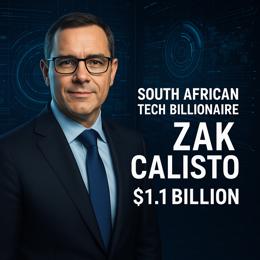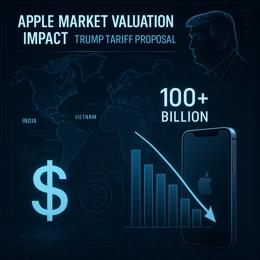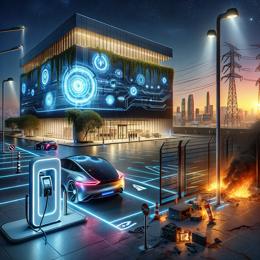Picture: for illustration purposes
South African Private Sector Pioneers Innovative Electricity Solutions
As South Africa's electricity supply industry transforms towards a more diversified and competitive electricity generation sector, the private sector is rising up to the challenge, introducing innovative solutions that cater to a wide array of electricity consumers. This transition is driven by forthcoming changes in the structure and legislation governing the industry.
Previously, the country's electricity supply was managed predominantly by the state-owned enterprise, Eskom, under a “single buyer” model. Eskom both generated power for nationwide supply and procured electricity from neighbouring nations and independent power producers to supplement its own capacity. However, there has been significant infrastructural decline and protracted regulatory processes under this approach, leading to increased load shedding throughout the country in recent years.
As an intervention, regulatory processes have accommodated the crucial role of private-sector, third-party electricity traders in the energy market. These traders procure renewable energy from various generators to supply a diversified customer base. However, they were largely limited to customers linked to the Eskom, as most municipal electricity distributors could not handle the complexity involved in adapting to these changes.
To make traditional wheeling and third-party electricity trading more widely accessible, Eskom, in conjunction with private-sector software developers, traders, and offtakers, developed and piloted a system called “virtual wheeling”. It offers customers lower-cost renewable energy compared with that supplied by a distributor whilst keeping existing commercial and contractual arrangements intact.
Notable participants in this evolution include wireless communications provider Vodacom, and financial services giant, Discovery Group. Both organisations identified the limitations of traditional electricity supply models in achieving their environmental, social, and governance targets. The virtual wheeling system presents a more flexible, customer-centric approach that doesn't require adjustment of existing electricity supply contracts or municipal systems.
This framework aims to extend renewable energy access to smaller customers while reducing their carbon footprint and electricity costs. It simultaneously invites more clean generation capacity to join the grid. Ultimately, the initiative has potential to cater to small, medium, and micro enterprises and residential customers, who significantly contribute to South Africa's economy.
The system is beneficial to Eskom, by supplementing its power generation quickly at minuscule or no cost; to municipalities, as they can maintain their electricity supply arrangements without mitigating their revenue streams; and to customers who can tap into the green credentials offered.
In conclusion, the country's private sector, through its innovative strides, is driving fair and inclusive solutions that are reshaping South Africa's electricity sector landscape.










